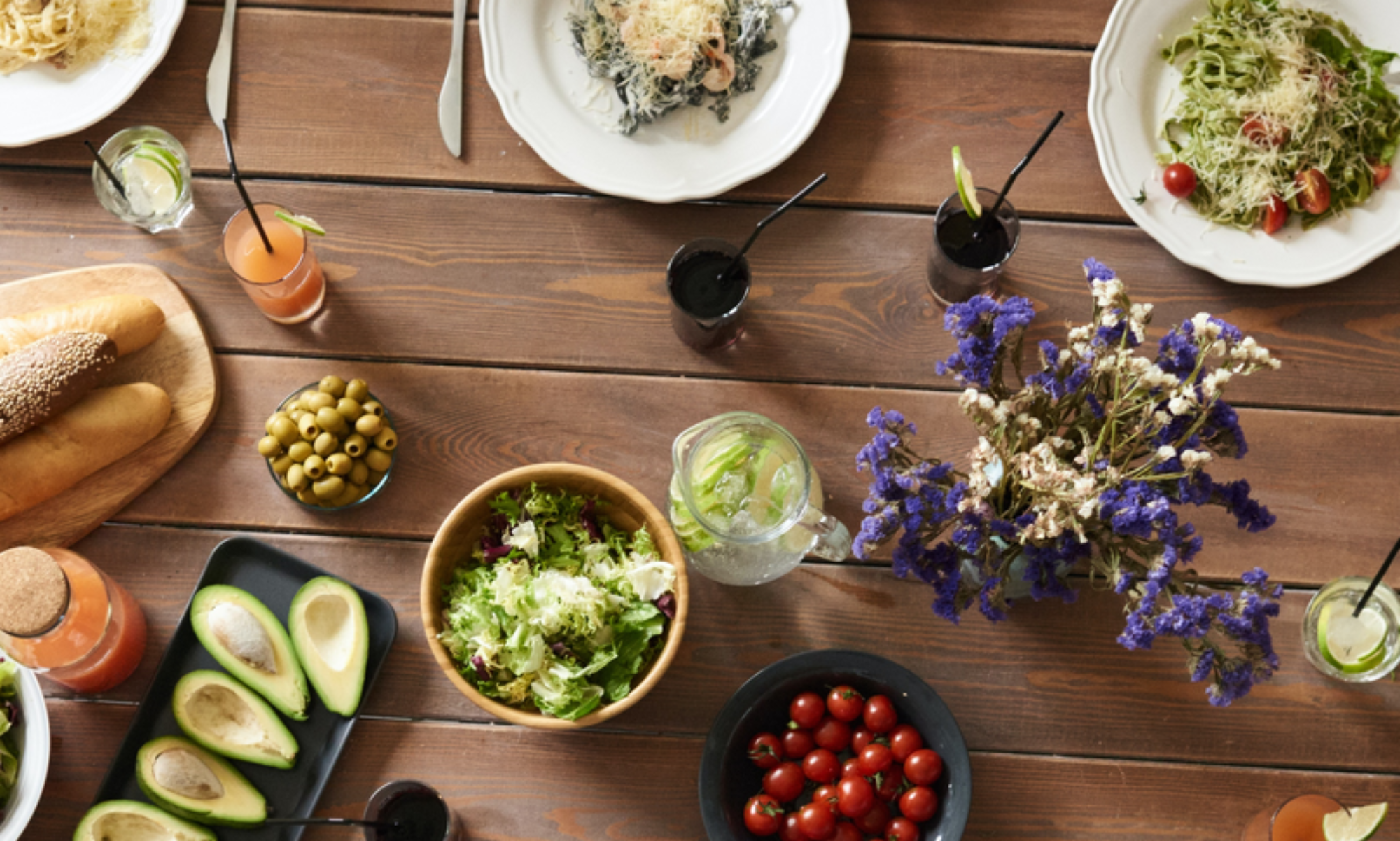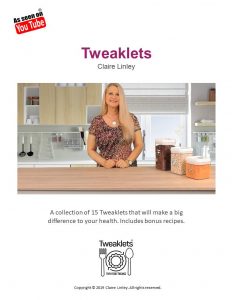Some people are going to want to run in the other direction today because I am going to talk about Celery and celery is one of THE most hated vegetables in the world!
I love pretty much all foods so I am very curious when people express a strong dislike of something and celery is one that comes up often.
People who hate celery are generally not picky eaters. They will often say I eat everything, just not celery!
Those of us who like it can’t understand what all the fuss is about. We know it contains excellent fibre and makes a great crudité to use in dips. It’s virtually calorie free, so that’s a bonus and medicinally it’s been used for centuries because of its anti-inflammatory properties to treat things like gout, arthritis to lower cholesterol and to provide pain relief. Celery helps protect our hearts our livers prevent ulcers and improve digestion.
Lovers of celery think it tastes quite sweet and mild, with no particular smell. Celery haters describe a strong soapy, dirty rainwater taste and an odour that cannot be masked even when wrapped and bagged and stuffed way in the back of the fridge or sneakily buried under a strong tasting sauce!
And if you try to convince a celery hater to give it another try, all they hear is BLAH BLAH BLAH as they try to block out what you’re saying.
I am not mocking you celery haters, honest. In fact you’ve inspired me to do more research on foods people hate, so thank you. I am only sorry I have not found any useful research on why celery tops the hate list.
It is a member of the Umbellifer family and as well as carrots and parsnips, other members include spices like dill, parsley, caraway, cumin (which some people have an issue with. Someone I know says cumin smells like sweaty armpits!) and another member of the same family is Coriander, which in its leafy state is another food that’s top of the most hated list! Is there a correlation between Celery and Coriander? I don’t know. But one of you might, so if you have some good information on this topic, please let me know. And if you have a violent dislike of any particular food I’d love to hear about that too.
So dear Tweakleters I will leave you in peace. I won’t go on any more about celery, at least not today!


